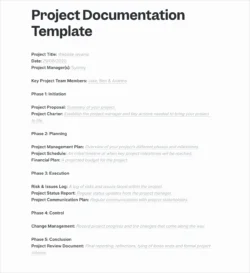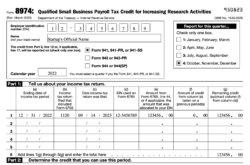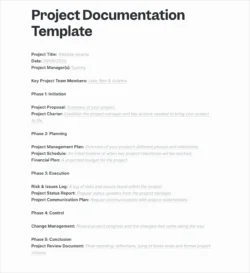So, you’re nearing the finish line of your academic journey – congratulations! That monumental graduation project is looming large, and with it comes the equally daunting task of documentation. Let’s be honest, the actual project might feel easier than writing it all down sometimes. But don’t worry, we’re here to demystify the documentation process and provide some helpful guidance.
Think of your graduation project documentation as a story. It’s the narrative of your research, design, or creation. It’s not just about listing facts and figures, but also about showcasing your thought process, the challenges you overcame, and the lessons you learned along the way. A well-written document will not only impress your professors but also serve as a valuable portfolio piece for your future career.
One of the best ways to tackle this mountain of a task is to use a graduation project documentation template. A template will provide a structured framework, ensuring you cover all the necessary aspects of your project. It saves you time and effort in formatting and organizing your information, allowing you to focus on the content itself. This guide will explain why a template is essential and show you what to include in your project documentation.
Why a Well-Structured Graduation Project Documentation Matters
A well-structured documentation of your graduation project is more than just a formality. It serves several crucial purposes, both during your academic career and beyond. First and foremost, it demonstrates to your professors that you have a thorough understanding of your project. It showcases your ability to articulate your ideas clearly, logically, and persuasively. Imagine trying to explain a complex process without any clear structure – it would be a confusing mess. Documentation brings clarity and coherence to your work.
Secondly, proper documentation is crucial for reproducibility. Other researchers or students should be able to understand your methods and potentially replicate your findings. This is especially important in scientific or engineering fields. A detailed account of your experimental setup, data analysis techniques, and any limitations you encountered allows others to build upon your work or identify areas for further investigation.
Moreover, your graduation project documentation acts as a valuable portfolio piece. When you enter the workforce, potential employers will be interested in seeing what you have accomplished during your academic career. A well-written and organized documentation demonstrates your skills in research, problem-solving, and technical writing. It provides tangible evidence of your capabilities and can set you apart from other candidates.
Think of it like a detailed recipe. Without clear instructions and measurements, you might end up with a culinary disaster. Similarly, without proper documentation, your graduation project might be misunderstood or undervalued. A good graduation project documentation template will guide you through the process, ensuring that all the essential elements are included and presented in a logical manner.
Finally, let’s consider the personal benefits. The process of documenting your project forces you to reflect on your work and identify areas for improvement. It helps you consolidate your knowledge and gain a deeper understanding of the subject matter. It’s an opportunity to revisit your assumptions, refine your arguments, and learn from your mistakes. It’s a valuable learning experience that extends far beyond the completion of your project.
Essential Elements of a Graduation Project Documentation
Now that we’ve established the importance of well-structured documentation, let’s dive into the essential elements that should be included in your report. While the specific requirements may vary depending on your field of study and institution, there are some common sections that are typically expected. First, you’ll need a clear and concise introduction. This section should provide an overview of your project, including the research question or problem you are addressing, the objectives of your work, and the significance of your findings.
Next, you’ll need to provide a detailed description of your methodology. This section should explain how you conducted your research, including the materials and equipment you used, the procedures you followed, and the data analysis techniques you employed. Be sure to be as specific as possible, so that others can understand and replicate your work. The methodology section should be a transparent account of how you arrived at your results.
The results section is where you present your findings. This can include tables, figures, graphs, and other visual aids. Be sure to interpret your results and explain their significance. Don’t just present the data – explain what it means and how it relates to your research question. This is your opportunity to showcase the impact of your work.
Following the results section, you’ll need to include a discussion. This section is where you analyze your findings in detail, compare them to previous research, and discuss any limitations of your study. Be sure to acknowledge any potential biases or confounding variables that may have influenced your results. This is your chance to provide a critical assessment of your work.
Finally, you’ll need to include a conclusion. This section should summarize your main findings and highlight the contributions of your research. It should also suggest directions for future research. The conclusion is your final opportunity to leave a lasting impression on your reader. A good graduation project documentation template will guide you in structuring each of these elements for a comprehensive and well-presented report.
So there you have it – a guide to tackling that daunting graduation project documentation. Remember, it’s a journey of showcasing your hard work and demonstrating what you’ve learned.
With a clear understanding of what to include and a well-chosen template, you can approach this task with confidence and create a document that truly reflects the value of your project. Good luck!



